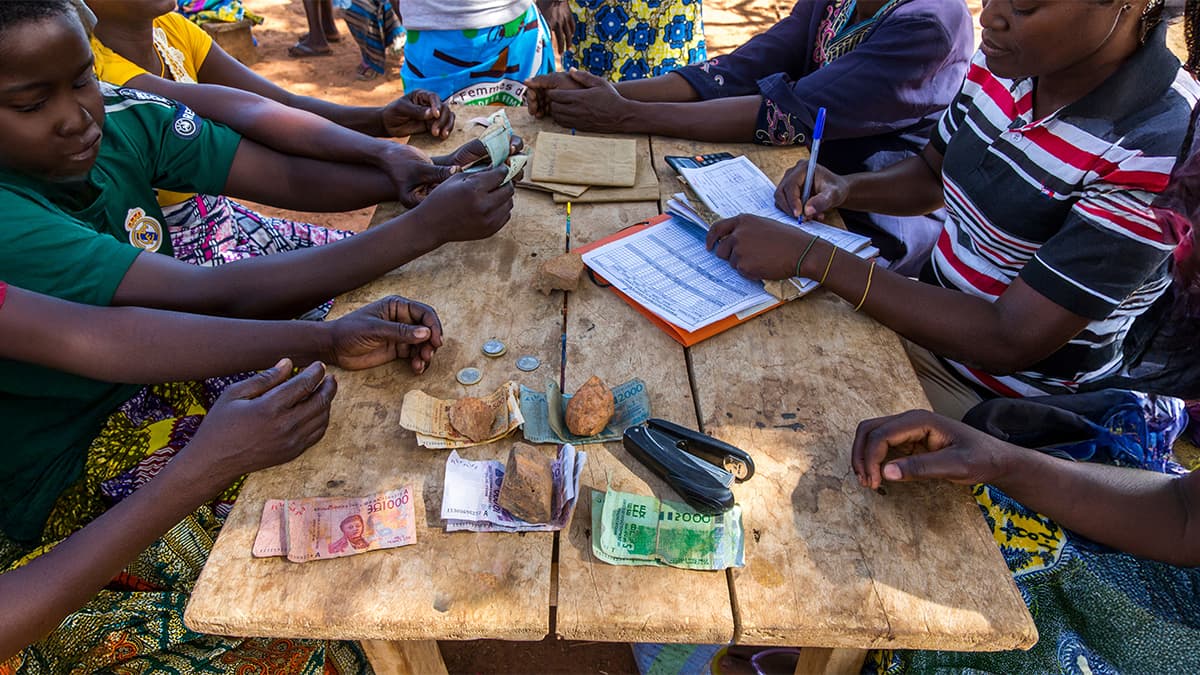Imagine how different today’s buyer-seller landscape is! The duo may be some thousand furlongs apart, have never met yet swapped commodities and megabucks in virtual trade. Online auctions have made it possible. You check into any commodity trading platform and a cursory glance tells you all- the volume and variety of transactions, live prices and market updates. Technology has created this new world- of online auctions, changing the game and levelling the playing field for all- producers, sellers, bidders, customers and brokers. And, as we ponder and read this, online spot trade is already moving tons of gold, minerals, coffee or tea seamlessly across borders. This is what integrated online auction platforms are doing- breaking down physical barriers of ‘live auctions’ and squeezing time and space to discover a price that is a win-win for all actors in the ecosystem. Such platforms aided by Machine Learning algorithms and predictive analytics have created a ‘revolution’ out of this ‘evolution’ in auctions.

Technology for scale and appeal of online auctions
Online trading platforms are the flavor of the season. Be it a government agency, a private enterprise, a trading authority or a commodity exchange, the adoption of seamless online auction has gained considerable traction. And, the reasons are patently obvious. Electronic auction platforms has brought in end-to-end automation. This automation, in turn, has injected transparency in the trading of commodities. So, what e-auction does? It’s an electronic marketplace that brings together the sellers, bidders, brokers, auction hosts or organizers and warehouses. Online auctions can be business to business (B2B), business to consumer (B2C), or consumer to consumer (C2C). For instance, the B2B auctions provides procurement professionals with competitive prices for their products, pitching the suppliers directly against each other to see who can offer the lowest prices. For suppliers, it allows smaller businesses to compete in the process, which in turn also enables suppliers to compete in new sectors.
Overcoming Limits of Manual Auctions
Online auction platforms have helped navigate many a challenge in manual auctions- stagnating prices of commodities, time devouring trading cycle, manipulative practices like trade cartelization, steep costs associated with procedural and logistics delays, lack of fair price discovery and baser quality of products. If you have to efficiently manage and move a huge volume of agriculture, metal or energy commodity, integrated electronic platform is the preferred mode for auctions. So, whether it’s India for tea, Ivory Coast or Ghana for coffee and Malaysia for rubber, countries have taken to large scale e-auctions. This way, they have ensured better realizations for farmers or producers, competitive prices for consumers and healthy margins for traders by purging the system of the once ubiquitous ‘middle men’.
Over and above these avowed benefits, modern integrated auction platforms are offering other value rich features- automation of post auction activities like sales invoice and payment confirmation, comprehensive reporting and analysis of all transactions and predictive modelling of future price curves.
Integrated Tea Trade System- Challenging the Frontiers in Tea Trade
The Integrated Tea Trade System (ITTS) that CSM Technologies has implemented in Kenya is much beyond the script of a ‘digital turnaround’. Equipped with features like ‘Auto Bidding’, ‘Go-On’, voice-over on bids, ability to mark and view favorite teas, Multi Auctions and instant visibility of bids to all stakeholders including producers, the system has an edge over peer platforms.
The unified ICT powered auction platform in Mombasa (Kenya) has seamlessly handled tea sourced by the East Africa Tea Trade Association (EATTA) from 10 countries of East, Central and Southern Africa. And, it’s a whopping tea transaction valued at $1.3 billion, accounting for 22 per cent of Kenya’s forex earnings. What’s even more important is its sustainable model- the auctions are supporting income and livelihoods for more than six million Kenyans. The go-live of this system amid a pandemic has spelt a revival in the East African economy. Kenya ranks third in tea production after China and India but trumps the two nations in exports of the beverage.
Managing an ecosystem of 81 producers, nine packers, 86 buyers and 11 brokers, this auction platform has created visible benefits- shrinking tea trade cycle by 40 per cent (32 days to 19 days), reducing the time gap between tea offering and catalogue closure by 60 per cent 9 (5 days to 2 days), shortened the period between catalogue closure and auction date by 50 per cent, enhanced auction speed from three to five lots per minute and real time results dissemination. The key differentiators of our system are supply chain visibility and product traceability- features made possible by audit trails. Globally, buyers are getting more quality conscious and to keep in sync with their requirement, knowing the origin of the product is critically important. A platform with ‘adaptive tech’ as its backbone can take care of the whole trade cycle from traceability to price discovery and settlement, creating delight for all.


























































We will verify and publish your comment soon.